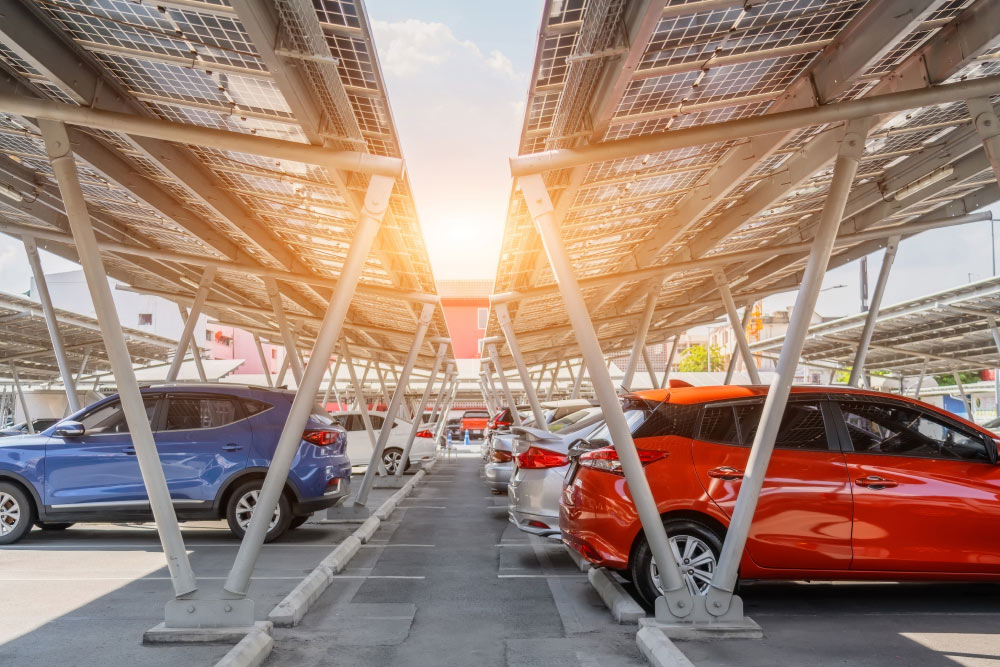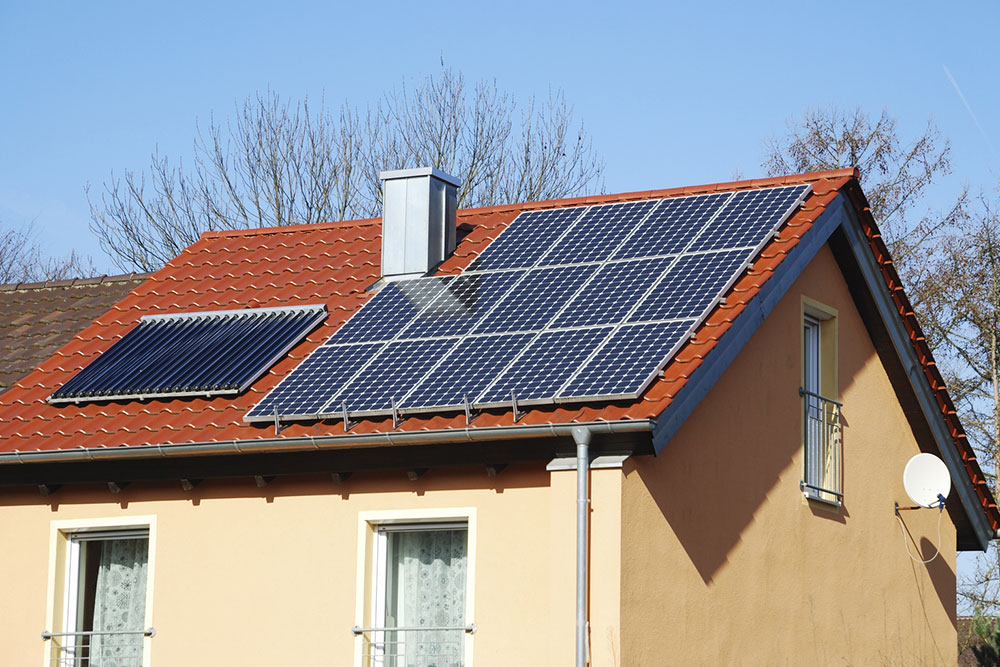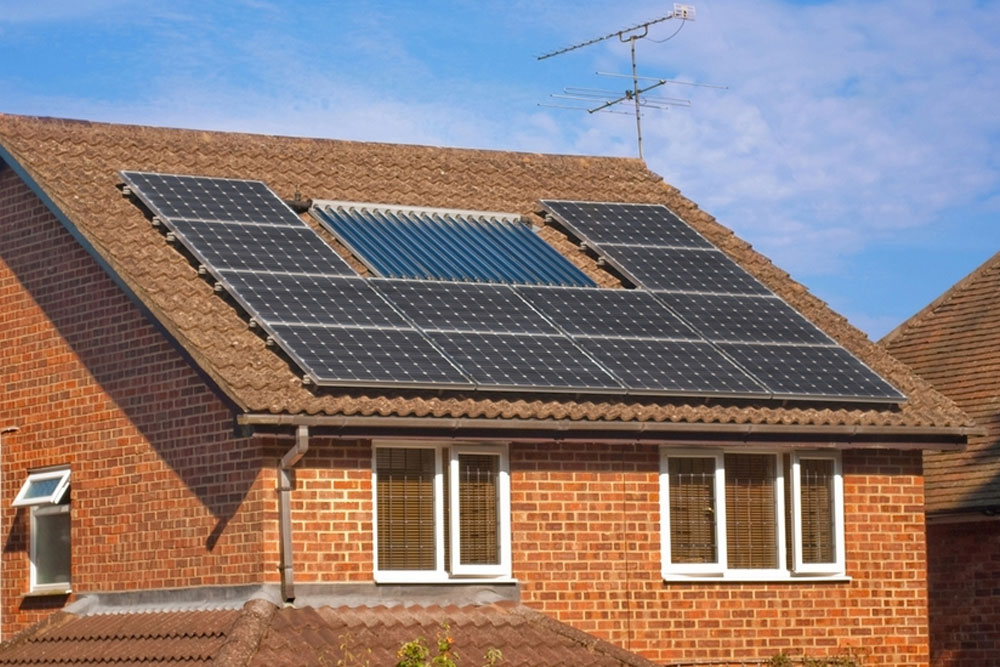Comprehensive Guide to Installing Solar Parking Structures for Sustainable Energy Solutions
This comprehensive guide explores the benefits, planning, and costs related to installing solar parking structures. By leveraging dual-purpose design, these systems maximize space, promote sustainability, and offer long-term financial savings for residential and commercial properties. From structural considerations to financial incentives, discover how solar canopies transform parking areas into renewable energy hubs, supporting eco-friendly development and energy independence in urban environments.

As the world advances towards environmentally sustainable solutions, solar parking structures have emerged as an innovative way to efficiently utilize space while producing renewable energy. These structures are transforming traditional parking areas into dual-purpose spaces that not only protect vehicles from weather conditions but also generate clean electricity. Increasingly, homeowners, commercial enterprises, and municipalities are adopting solar parking structures as part of their green initiatives, making them an attractive and practical investment in the journey toward energy independence and ecological responsibility. Understanding the functionality, benefits, and key considerations of solar parking structures is essential for stakeholders considering this eco-friendly upgrade to their properties.
What Are Solar Parking Structures?
Solar parking structures, often known as solar canopies, are specially designed shelters installed over parking spaces. Unlike conventional parking canopies, these systems integrate photovoltaic panels that harness sunlight to produce electricity. Essentially, these structures serve a dual purpose: they provide shade and protection for parked vehicles, and they act as mini power plants by converting solar energy into usable electrical power.
The solar panels embedded into these structures are designed to be efficient, durable, and easy to maintain, making them suitable for various settings such as shopping centers, parking lots, residential complexes, and corporate campuses. By integrating solar technology into parking infrastructure, stakeholders can create a sustainable environment while efficiently managing space and resources.
Benefits of Solar Parking Structures
Implementing solar parking structures offers numerous advantages, especially in terms of environmental impact, cost savings, and property value enhancement. Here are some detailed benefits that make these structures a compelling choice:
Efficient Use of Space: Traditional solar panels are typically installed on rooftops, which can limit their capacity and aesthetic appeal. Solar parking structures maximize land use by transforming parking areas into energy-generating zones, optimizing available space without compromising the functionality or appearance of the property.
Climate Control for Vehicles: The shade provided by these covered structures helps maintain lower temperatures for parked vehicles. This protection reduces interior heat buildup, minimizes wear and tear, and protects vehicle interiors from UV damage, ultimately extending vehicle lifespan and enhancing owner satisfaction.
Increased Property Value: Installing solar canopies demonstrates a property owner’s commitment to sustainability, which can attract eco-conscious tenants or buyers. The integrated renewable energy system contributes positively to property valuation, making it an attractive feature during sales or lease negotiations.
Energy Self-Sufficiency: Solar parking structures generate electricity that can be used immediately or stored for later use. This on-site power production reduces dependency on the grid, cutting energy costs significantly. Many systems support direct charging of electric vehicles, further aligning with sustainable transportation goals.
Environmental Impact: These structures produce clean, renewable energy that minimizes carbon emissions. By decreasing reliance on fossil fuels, solar parking can considerably reduce a community’s carbon footprint, encouraging broader environmental conservation efforts.
Planning and Installation Considerations
Before installing solar parking structures, careful planning is necessary to ensure safety, efficiency, and compliance with local regulations. Key considerations include:
Determining the Right Size: The size of the system depends on factors such as the number of vehicles to be covered and the desired energy output. For example, a typical midsize car measures approximately 4.5 meters by 2 meters. To accommodate two cars, approximately 20 to 24 solar panels are generally required, covering around 40 to 50 square meters of space.
Structural Support and Stability: The weight of each solar panel is about 18 kg. A setup with 20 panels supports roughly 360 kg. Ensuring that the supporting structures are robust and durable is vital to prevent accidents due to structural failure, especially in areas prone to severe weather conditions like wind or snow.
Expected Energy Production: With solar panels typically generating between 270 and 300 watts each, a 20-panel system can produce approximately 5.4 to 6 kilowatts. This output may be sufficient to meet the electrical needs of an average household or small commercial operation, making it a practical choice for many users.
Professional Installation and Maintenance: While some systems are designed for DIY assembly, hiring professional installers ensures safety, optimal positioning, and compliance with local codes. Many providers offer turnkey solutions, including mounting, wiring, and commissioning services, reducing the risk of errors.
Cost Analysis and Financial Incentives
Understanding the costs associated with solar parking structures is crucial for effective budgeting and maximizing returns. Typical expenses include equipment costs, installation fees, permits, and ongoing maintenance. Here is a comprehensive overview:
Initial Investment: A standard 5.4 kW system costs approximately €9,700 to €11,900. Larger systems, such as 7.2 kW setups, generally range from €11,500 to €15,800. DIY kits for 20 to 24 panels tend to be more affordable, with prices between €3,300 and €3,950; however, additional costs for wiring, permits, and structural framing should be considered, totaling around €4,500 to €12,500.
Financial Incentives: Many regions offer rebates, tax deductions, and other incentives to promote solar adoption. These incentives can substantially reduce upfront costs and improve project ROI. Consulting local authorities and energy agencies can help identify available programs.
Operational Savings: The energy generated can offset electricity bills, leading to long-term savings. For commercial entities, this can translate into significant operational cost reductions over the lifespan of the system, typically 25 years or more.
Return on Investment (ROI): While initial costs may seem considerable, the combination of energy savings, incentives, and increased property value often results in a favorable ROI, making solar parking structures a financially sound decision for both residential and commercial sectors.
In conclusion, solar parking structures represent a forward-looking approach to sustainable development, combining practical utility with environmental responsibility. By thoughtfully planning the design, considering installation needs, and understanding financial implications, property owners can transform their parking areas into productive, eco-friendly assets. As technology advances and costs decrease, these systems are poised to become a standard feature in sustainable urban planning, contributing significantly to cleaner energy grids and healthier communities.





